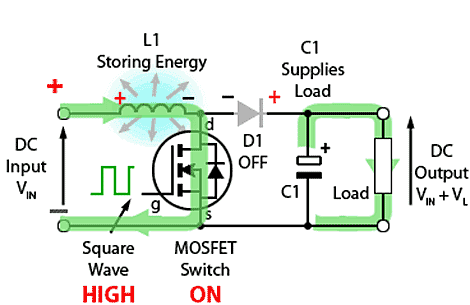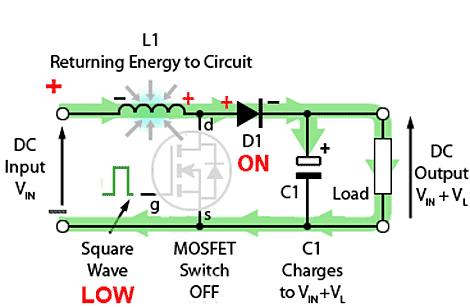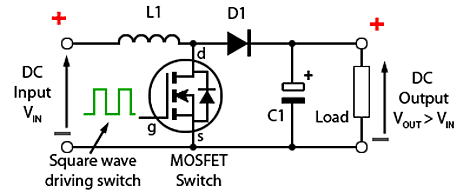The process is not destructive and allows the material to be reused or to undergo further analysis or processing. An 8-bit AD converter can resolve 256 different brightness levels a 9 bit could resolve 512 levels and so on.
Each technique is not perfect and UV-Vis spectroscopy makes no exception.

. It does however possess a few major advantages that are listed below to make it a popular. Figure 2 non-isolated converter circuit arrangements The buck converter is a step-down the boost a step-up while the buck-boost is both step-up and step-down. Built-in compensation across the output voltage range eliminates the need for external components.
The MAX17504MAX17504S high-efficiency high-voltage synchronously rectified step-down converter with dual integrated MOSFETs operates over a 45V to 60V input. Advantages of UV-Vis spectroscopy. All these are non-isolated and use the inductor as the energy transfer element and.
Each has its advantages and drawbacks which determines the suitability for any specific application. GH6s sensor chip has 16-bit AD converters meaning they can measure 65536. A DCDC converter that stabilizes the voltage is often referred to as a voltage regulator.
Two types of regulators exist classified by a conversion method. It delivers up to 35A and 09V to 90 V IN output voltage. As its name suggests a linear regulator is one where a linear component such as a resistive load is used to regulate the output.




0 Comments